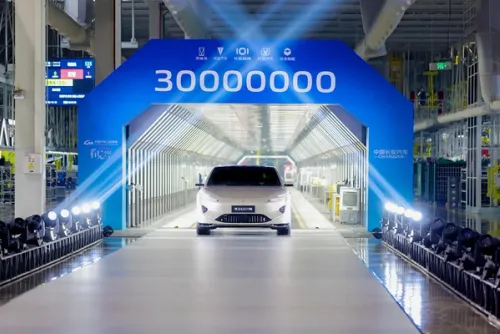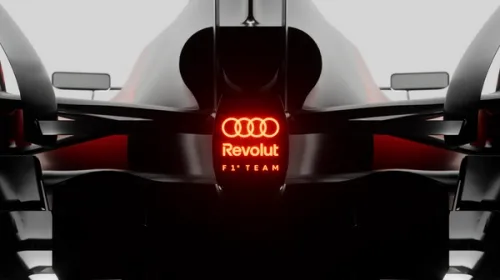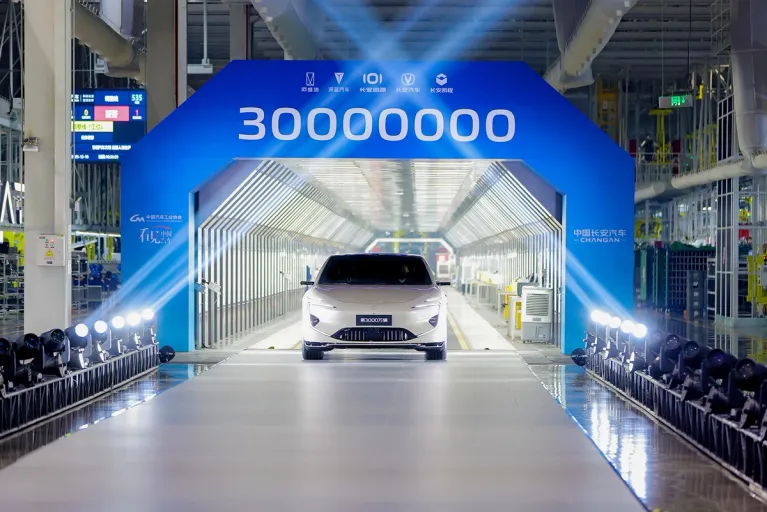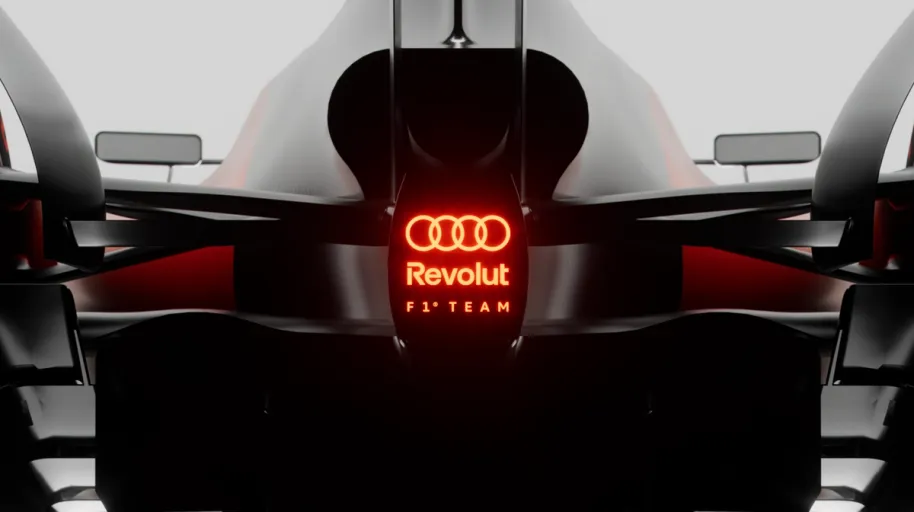Its Tivoli Underrated
The Tivoli retains its stylish flat sloping roof and blacked out pillars, all of which hint of something a little more upmarket.


Korean automobile manufacturer, Ssangyong may have begun life with building heavy vehicles, and have in the past relied on traditional ladder chassis to build pretty much their entire range of truck-based SUVs. The results were rather crude… agricultural if you may.
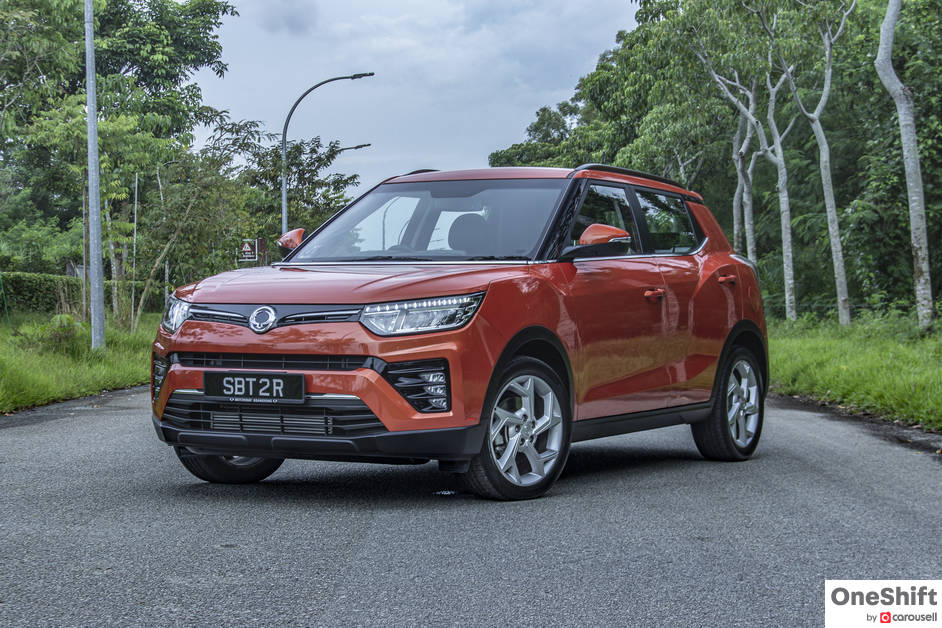
Some of you may even recall the Mercedes-Benz based Chairman, a luxury sedan, built on the underpinnings of the W210 E Class. Indeed, their aspirations have been high, though their approach seemed a little odd in the past.
Step into their showroom today, and you will see a rather different Ssangyong, featuring cars which are modern and well-equipped.
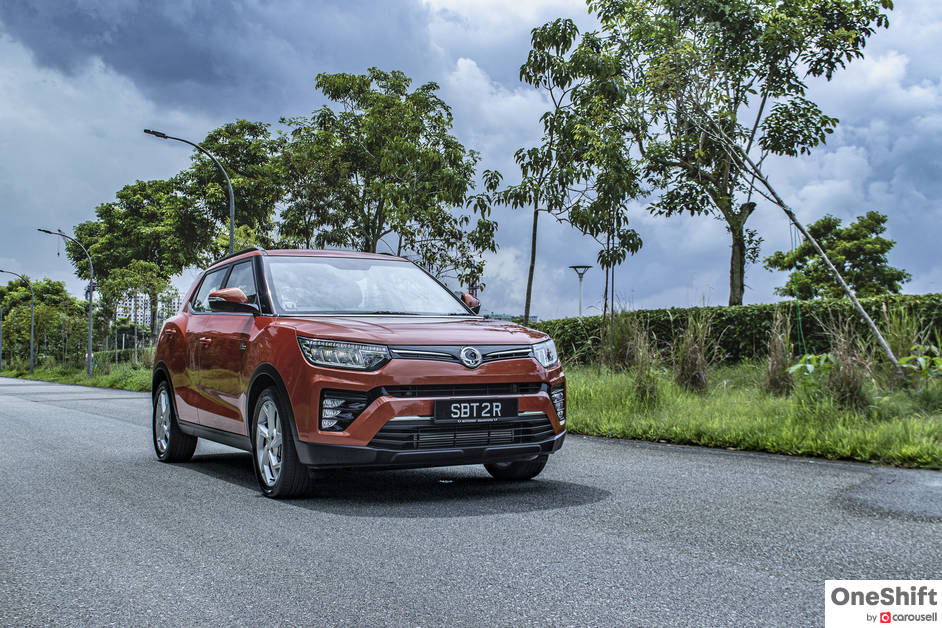
The Tivoli, which is built with more modern underpinnings, is Ssangyong’s compact SUV launched mid-decade. Recently, the Korean car has gone through a midlife refresh, adding a new LED headlamp assembly, and a subtly restyled front grille. Its rear-end styling has also been slightly tweaked, the most notable is in its re-styled LED tail lamps.
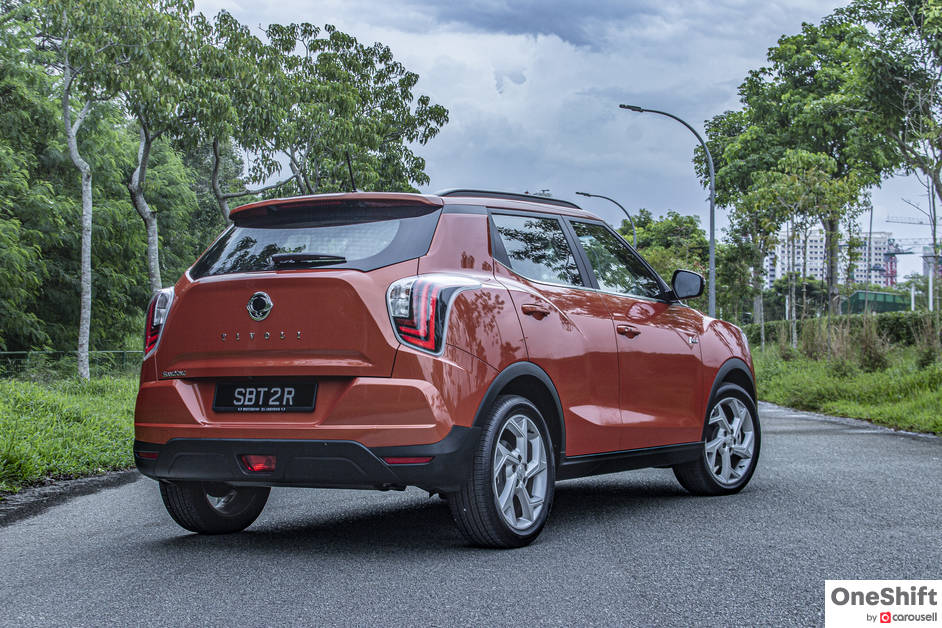
The Tivoli retains its stylish flat sloping roof and blacked out pillars, all of which hint of something a little more upmarket.
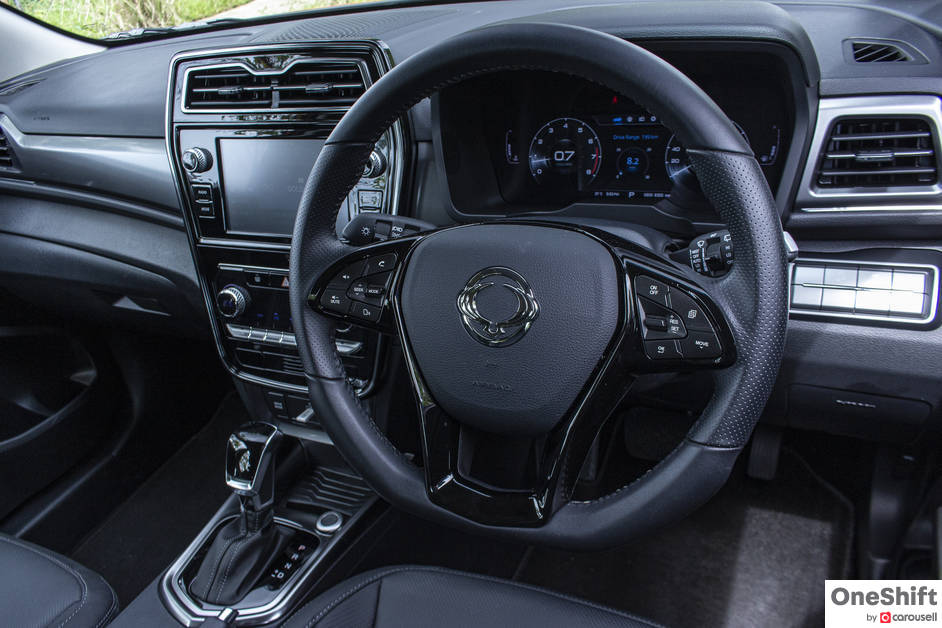
The largest change to the Tivoli is its re-worked dashboard, which now has an all-new up-right centre stack. There is also a welcome reduction in the use of frosted silver surfaces, in favour of more contemporary piano black, matt black, and gun-metal accenting. Our higher-spec test car is equipped with a 10.25” LCD instrument cluster, in-place of the analogue one found in the Standard model.

Connectivity to the infotainment, through Apple CarPlay and Android Auto are standard (though non-wireless), and so is bluetooth connectivity. Access to the infotainment system is via an 8” LCD Touch Screen, which is quite user-friendly.
The re-arrangement of the centre stack also sees the air-conditioning vents sit above the infotainment screen, lining the vents in a horizontal format, which is a good thing, since we feel that it does circulate air in the middle more fairly. This is important, as while the air-conditioning system is a dual-zone unit, the Tivoli does lack rear blowers.

The manually operated front seats are supportive, while rear seat passengers benefit from seat backs which are able to reline a little. Legroom for both front and rear passengers is generous, thanks to its 2,600mm wheelbase, which is more than the SEAT Arona, and Mazda CX-3, while a shade less than the Honda HR-V.
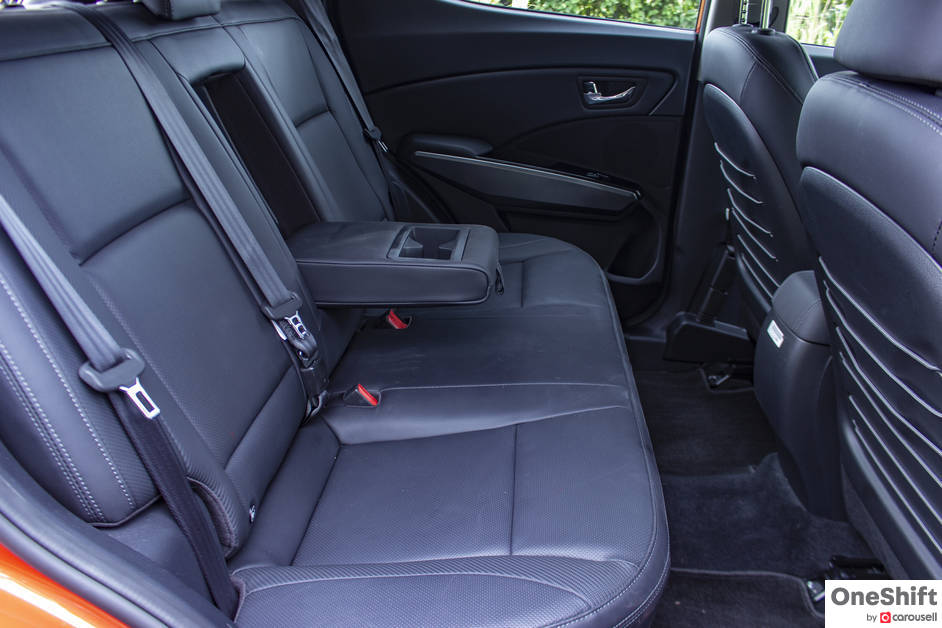
While the Tivoli’s boot access is rather high, Ssangyong has done fairly well in its overall design. The twin ‘magic’ trays, which keeps the loading area near-flush with the opening, double as cargo organisers, or can also be stowed just behind the rear seatbacks, expanding the cargo area to 427 litres.
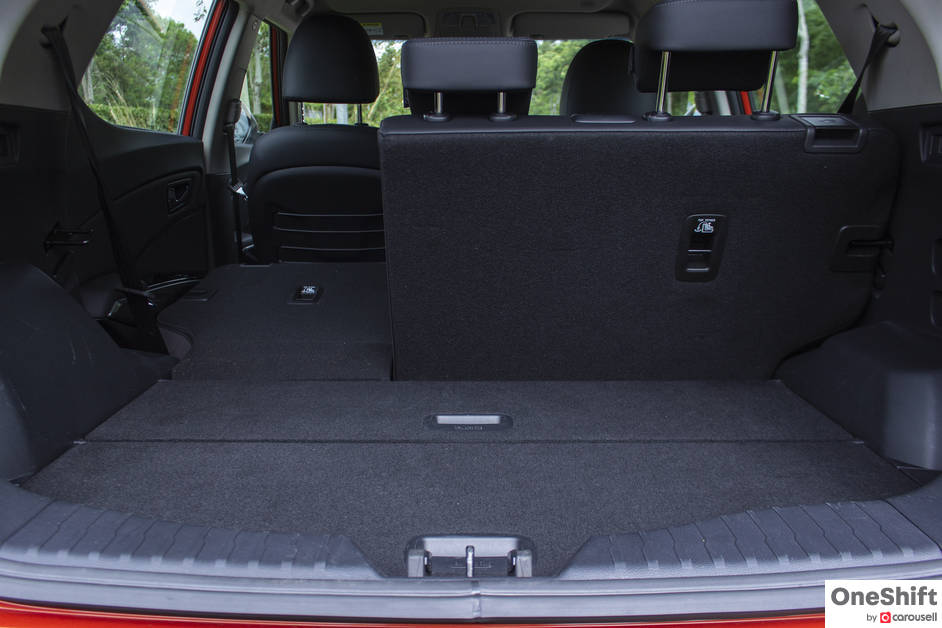
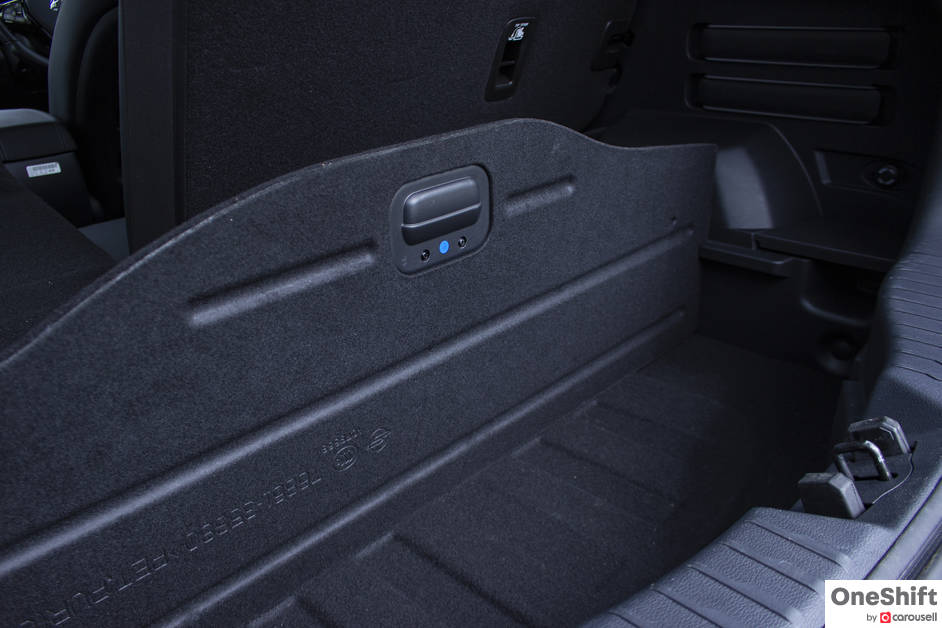
The highlight of the Tivoli is in its engine. Surprisingly, the 1.5 litre turbocharged unit is quite refined, and dishes out 161bhp, and 260Nm, the latter which maxes at only 1,500rpm, and stays that way till 4,000rpm. Drive to the front wheels is via a 6-speed transmission, sourced from Aisin, which does such a good job of shuffling through its gears, you could mistake it for a dual-clutch setup.
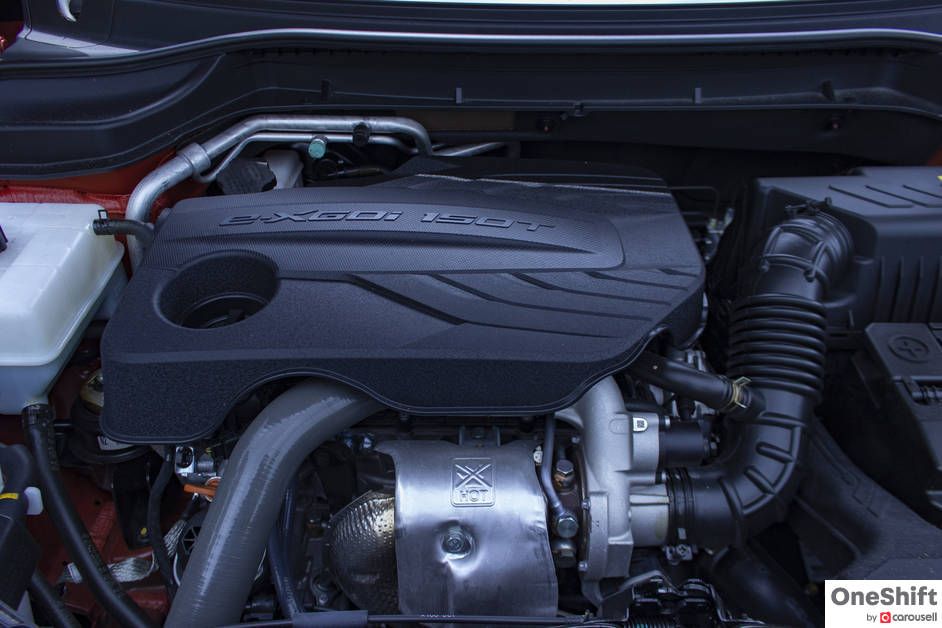
With pleasantly brisk acceleration from a standstill, you can easily find yourself ahead of the pack, when taking off from the lights, which truly makes for an entertaining drive.
Cruising along the highway is a generally pleasant experience, where external noises are minimal. Squeeze the throttle, and the engine does get a little vocal above 3,000rpm where the needle likes reaching very quickly… and often. The responsiveness of the transmission and how the engine reacts to your inputs makes overtaking a breeze.
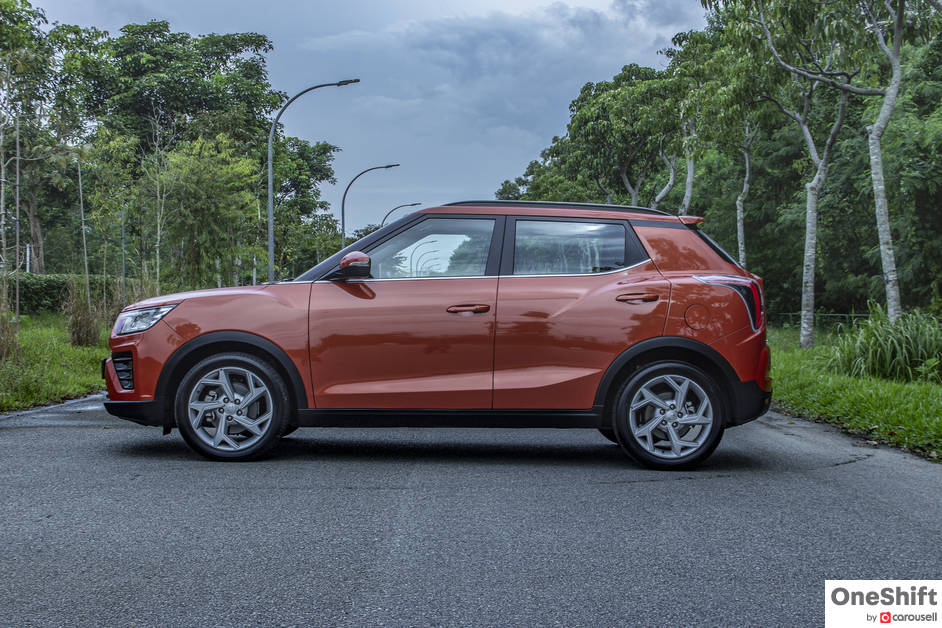
The Tivoli however does not seem to take well to lumpy surfaces, due to its MacPherson front and Torsion rear setup. While it is set slightly on the firm side, overall ride quality is pleasant, leaving you with plenty of confidence on the road and around turns. You do however get occasional minor squeaks coming from some of the car’s interior fittings, but this is not at all annoying.
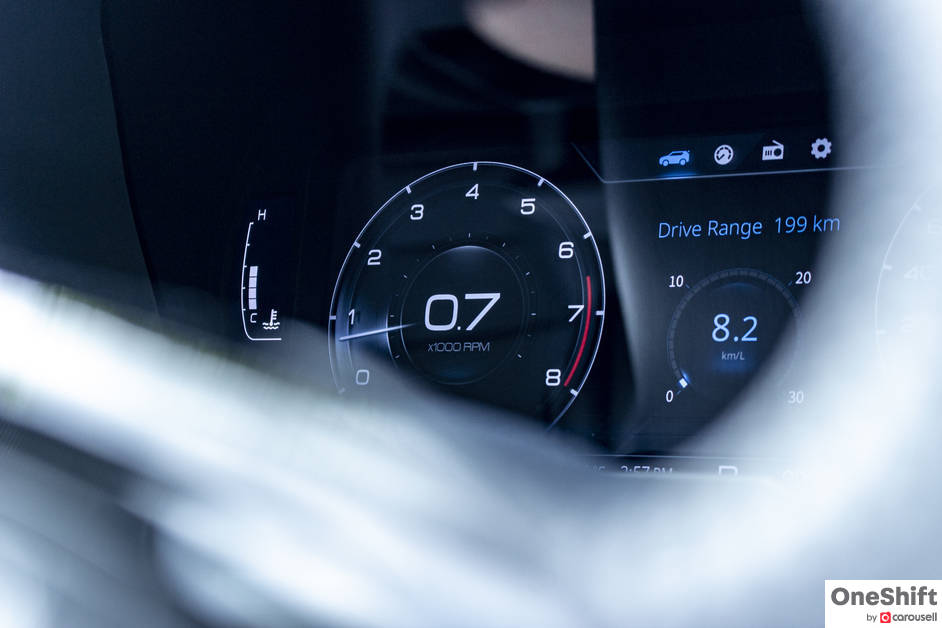
Fuel economy is rather spot-on from factory claims too, with a paper-stated Combined 14.7km/l and 12km/l Urban. I attained 12.1km/l with some start-stop traffic in my way.
While Ssangyong may be the lesser known of the three Korean brands here, the Tivoli shows promise.
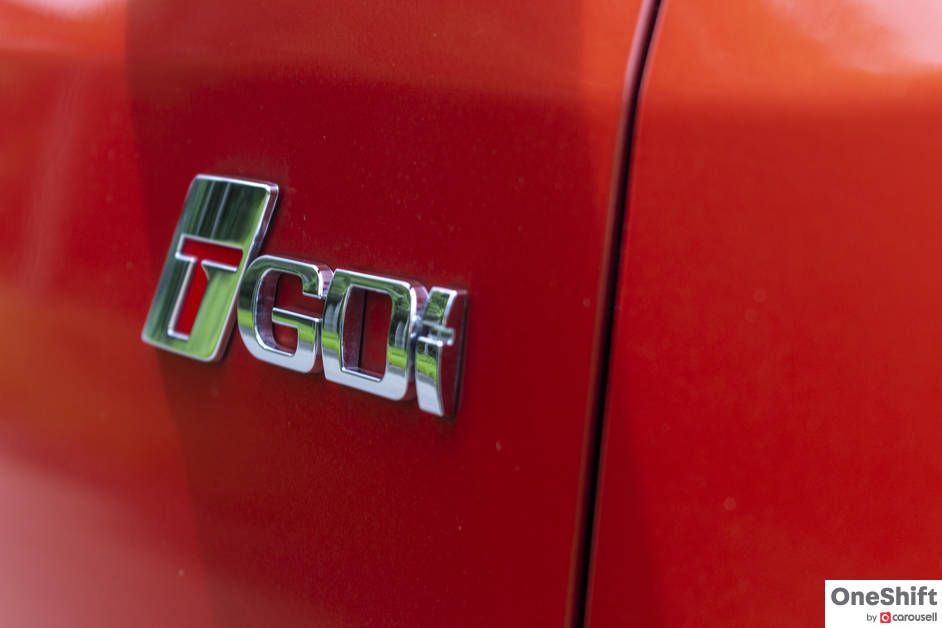
While the Deluxe and Standard trim models are priced at $109,888 and $99,888 respectively* for both petrol and diesel models; which is comparable to most of its competitors, the factor that may tip the scales in their favour might not be because of product, but their dealership’s $888 driveaway offer.
Check the Ssangyong Tivoli on Carousell.
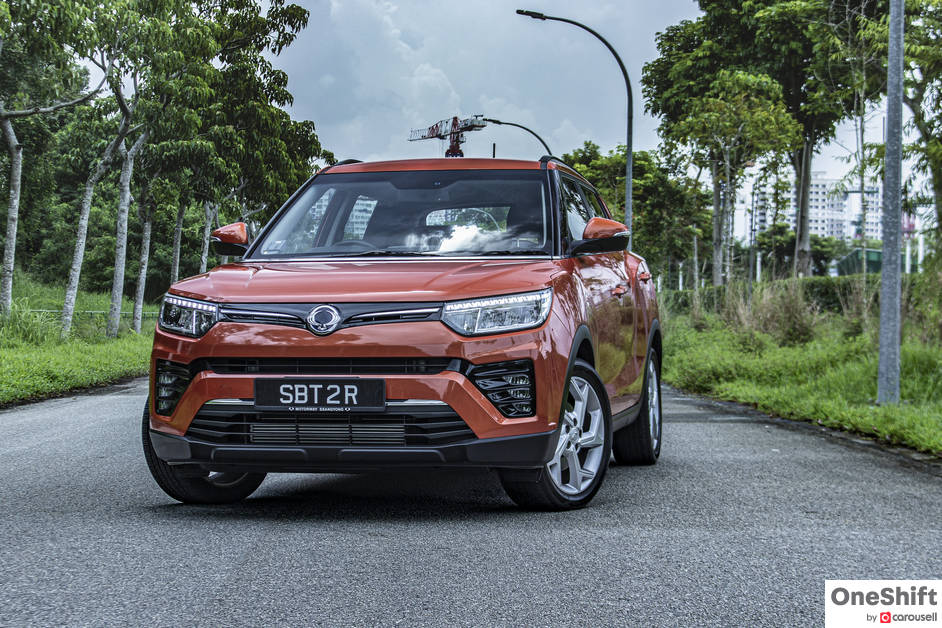
*Accurate at time of publishing
#SG #Cars #Review #Testdrive #Roadtest #SUV #Ssangyong #Tivoli #Autos
Credits: Words and Photos by Clifford Chow
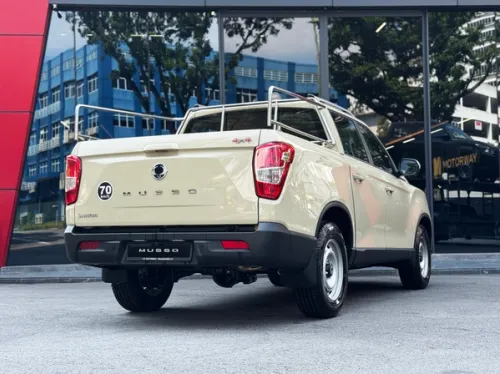







Get the Best Price for your used car
from 500+ dealers in 24 hours

- Convenient and Hassle-Free
- Consumer Protection
Transparent Process
With No Obligation
